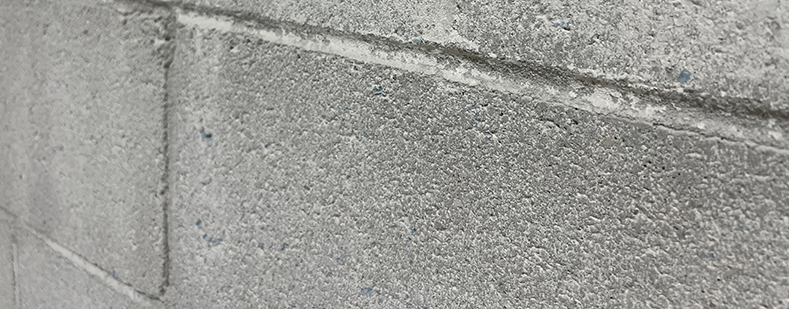Commonly found in commercial, industrial, and educational settings such as classrooms, work areas, basements, and stairwells, concrete masonry units (CMU) and concrete block are found throughout the world. CMU block is frequently painted for aesthetics, but coatings may also be chosen for other more functional reasons such as moisture resistance or to provide an anti-graffiti barrier. If staining or a coating must be removed, a method of surface prep must be considered that preserves the structural integrity of the block.
Read more >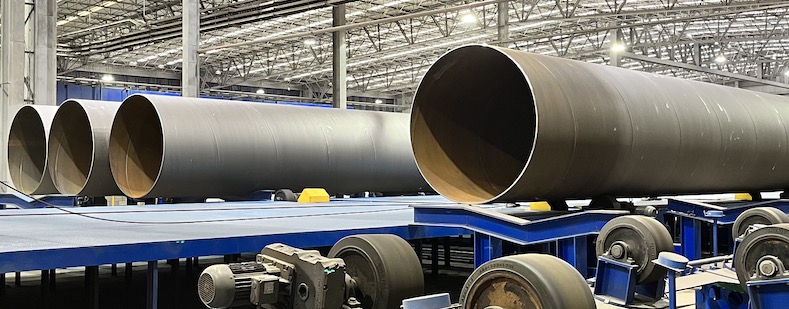
Many manufacturers are turning to Sponge-Jet products for their surface preparation needs. With safety and efficiency as a top priority, these facilities are looking for ways to perform necessary surface preparation projects while avoiding shutdown and blasting near both sensitive equipment and other trades nearby.
Read more >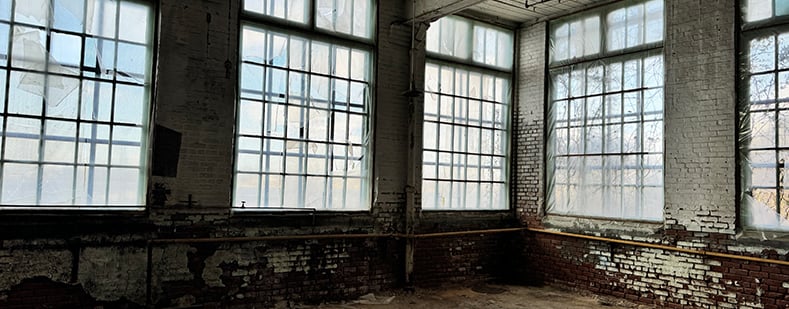
Many buildings built or last renovated prior to 1978 have a high chance of containing lead-based paint. Constructed in the 19th and early 20th century, mill buildings are no exception. Now vacated and scheduled for redevelopment, lead paint is a common find in pre-project surveys. In most cases, the lead paint needs to be removed altogether, especially if the mill buildings are going to be turned into residential or mixed-use spaces. While this may involve higher upfront costs, the long-term benefits are often worth it, removing the problem once and for all.
Read more >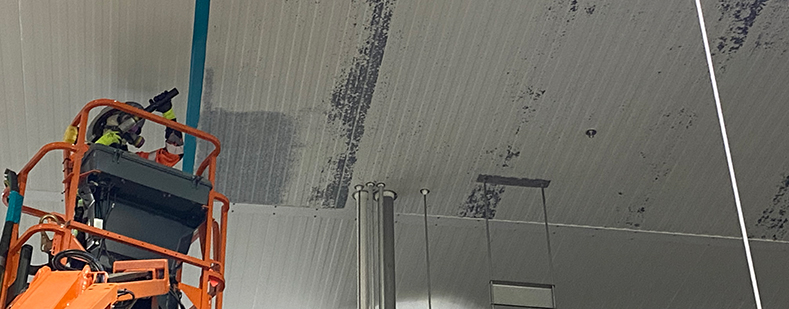
Regular maintenance is critical for keeping industrial plants and facilities operational and productive. Over time, equipment, ceilings, and other surfaces can see soot and grease build up and coatings fail, potentially compromising operations, reducing efficiency, and has the potential to impact worker safety. In order to tackle these challenges, many facility owners are adding Sponge Blasting to properly clean and prep surfaces with minimal operational disruptions or unnecessary shutdowns.
Read more >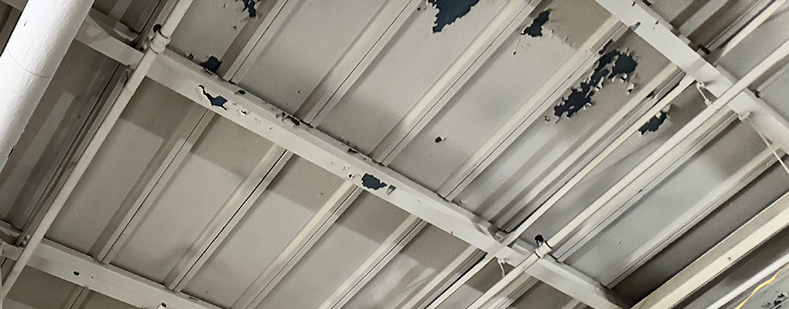
Steel roof decking is commonly found in manufacturing environments, such as power plants, food and pet food manufacturing facilities, marine production factories, and water treatment plants. Over time, whether as a result of manufacturing processes, bad surface prep, or normal wear and tear, coatings fail and corrosion can occur on these roof decks.
Read more >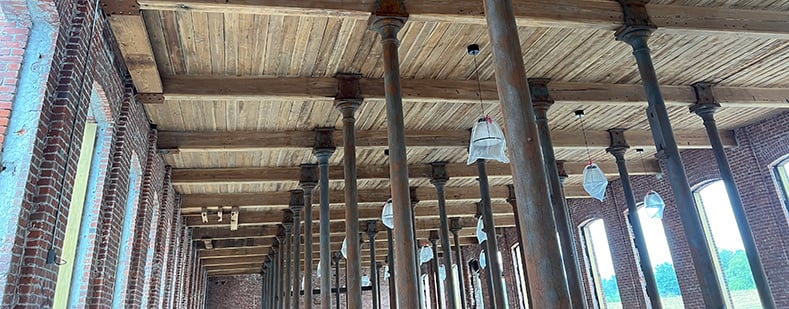
In the world of surface preparation products, where there are many abrasives to choose from, Sponge Media continues to stand out as an innovative solution versus other abrasives. Versatility is a core benefit of the Sponge-Jet system. With over 20 different kinds of Sponge Media™ and the ability to regulate media feed and blast pressure on Feed Units, most results required contractors, architects, and preservationists are achievable across many different substrates.
Read more >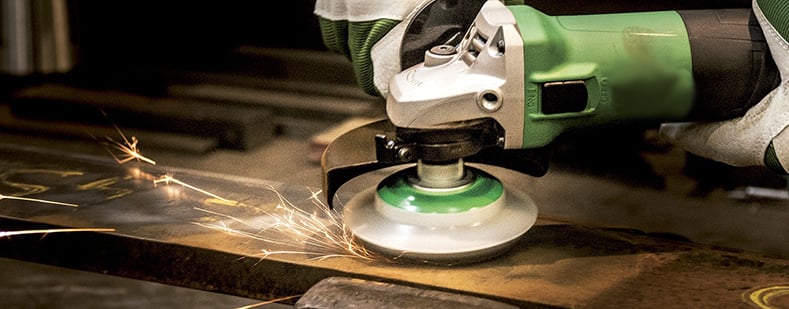
Power tooling is a method of surface preparation commonly used in tight spaces where access is limited. Pneumatic, electric, and hand tools such as angle grinders, needle guns, wire wheels, wire brushes, scrapers, and sanding pads can be used to remove rust, paint, and other contaminants from a surface.
Read more >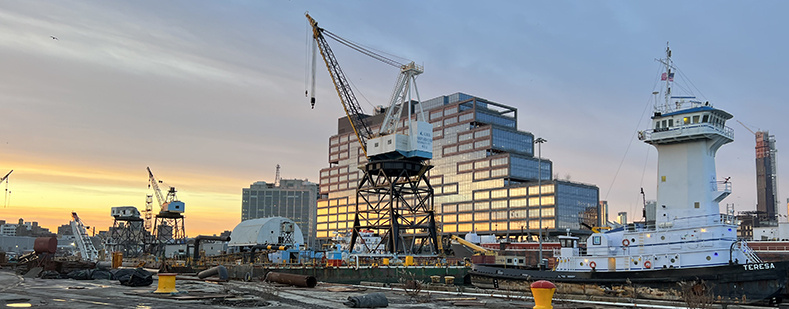
Both Freshwater and Saltwater vessels see all sorts of contaminants and corrosion throughout their service life. Corrosion can threaten everything on ships, from power gen and water storage tanks, to their general structural integrity. In order to overcome these threats, proper surface preparation is key.
Read more >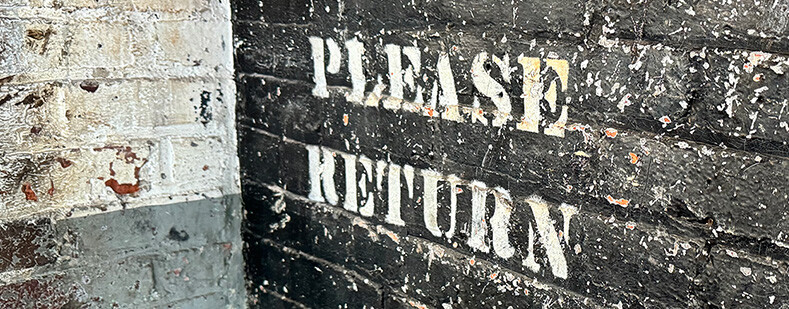
In the United States, Mill buildings have been community cornerstones since the 1800s. During the North American Industrial Revolution, thousands of mill buildings were constructed to allow for faster production of textiles and other goods. These high-producing areas, known informally as Mill Towns, suffered greatly in the late 20th century, leaving many of these former factories abandoned.
Read more >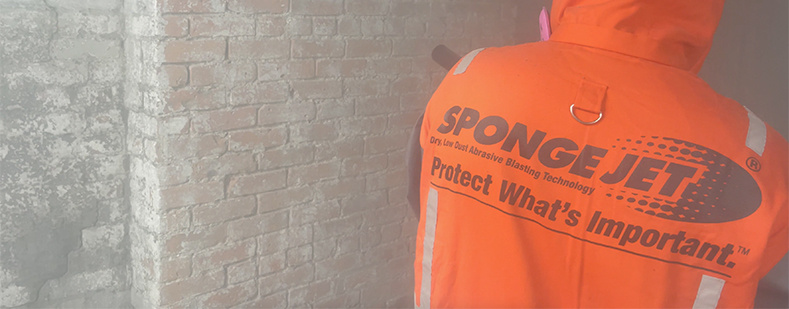
Jobs that are characterized as "abatement projects" typically involve the removal of hazardous materials from the surface. These types of projects are often found in places like industrial shipyards, factories, tanks, water treatment plants, mill buildings, and generally any building or structure built before 1980.
Read more >
